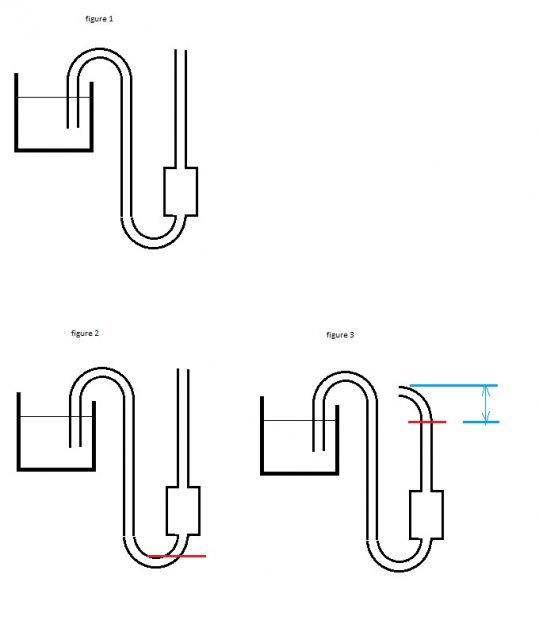Small contribution to the community.
External filter with all the parts cost about $60.
I made it from the sewer drain pipe and it proved to be an excellent choice for the safe operation of the filter.
For the circulation i have used pump with a flow rate of 600 liters per hour.
I will present a sketch of the system and pictures of building step by step.
This is only a sketch of the system, I'm not good with drawing in win paint
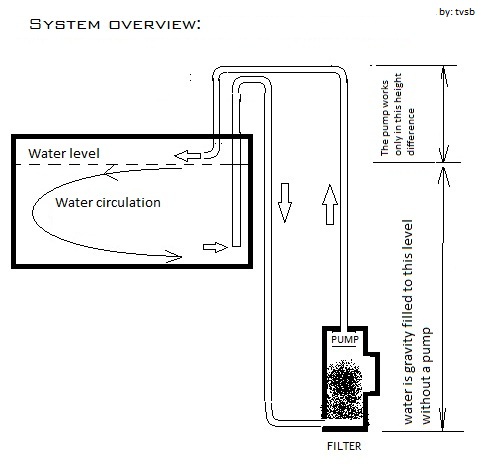
here is all parts i use for filter:
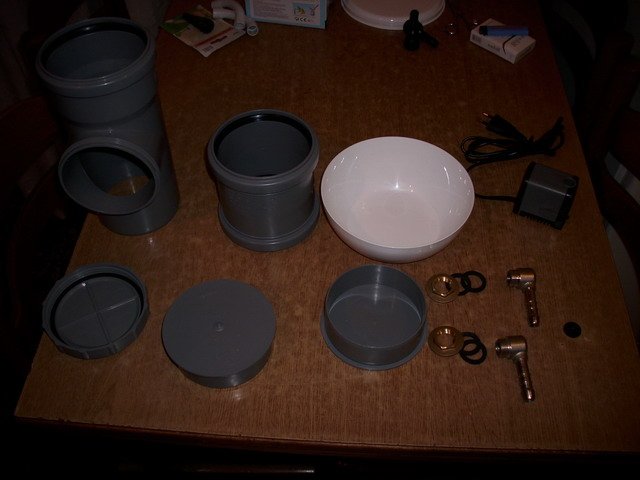
The caps, i drilled holes for hose and cable connections from the pump. The hole should be slightly smaller so that we can screw up the connections in the plastic, although it is not so important because we have rubber seal for the connection.
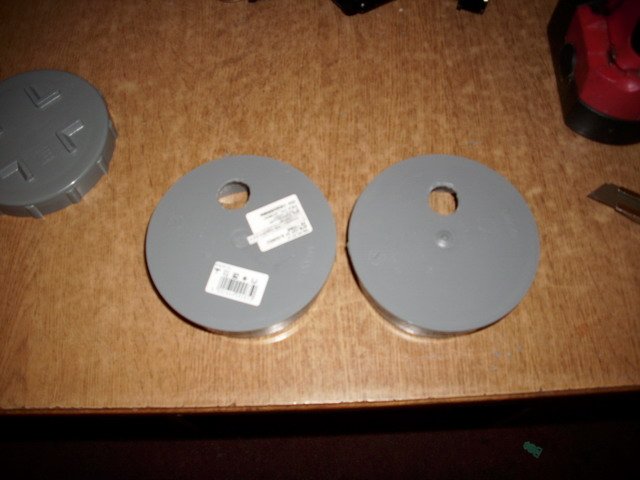
Screw the connections with rubber seal
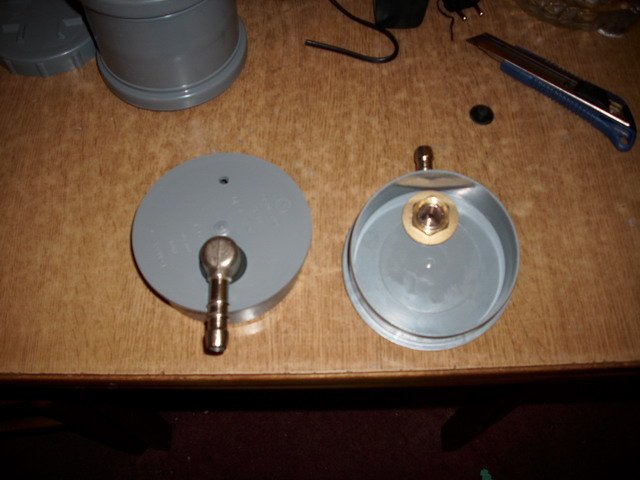
Now we shall customize pump connections and put the cable through caps. I found a piece of tube and adapted it to the pump outlet.
The pump will not be permanently fixed, i leave the possibility for the eventual dismantling for repair or cleaning.
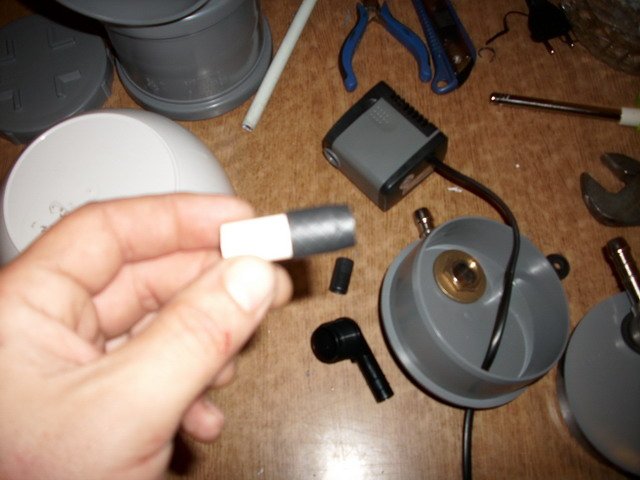
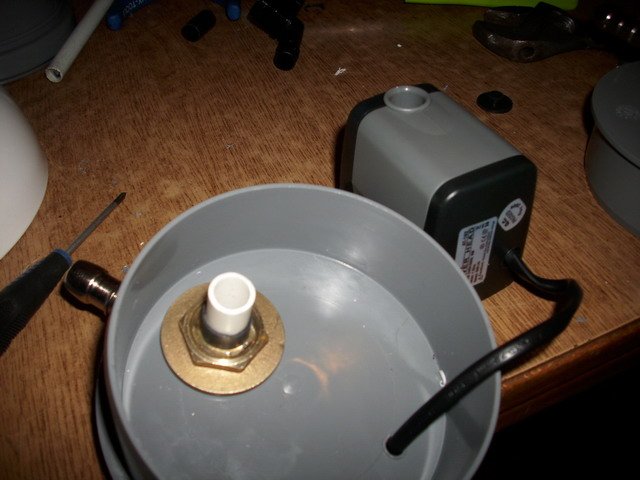
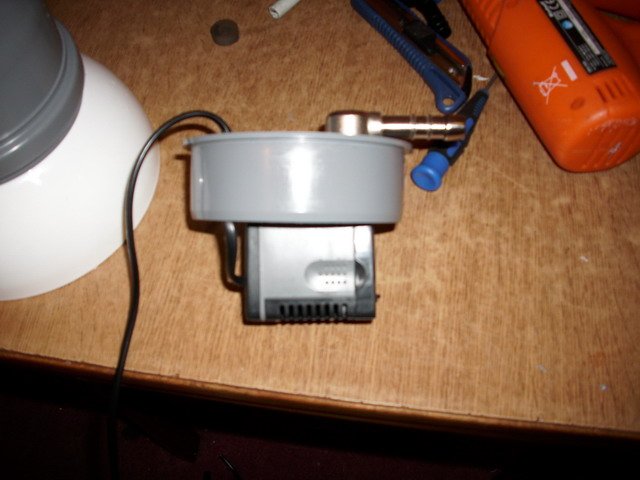
Now cut bowl in the following way (see picture), apply hot glue to the bottom of the bowl and the bottom cap. My glue is black because i melt it with propan Brener
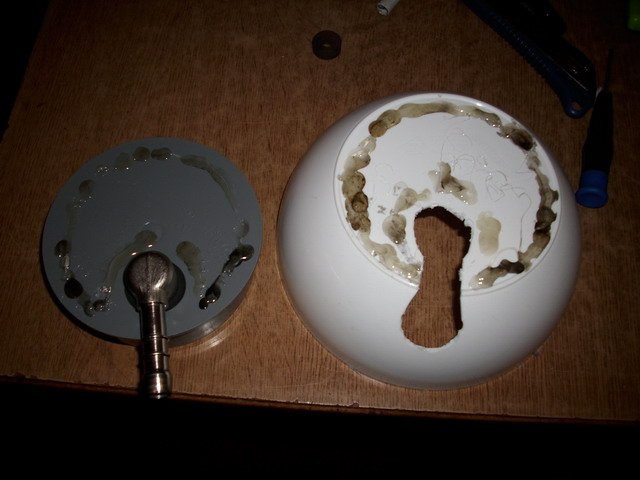
Heat the bowl and cap, to soften the adhesive.
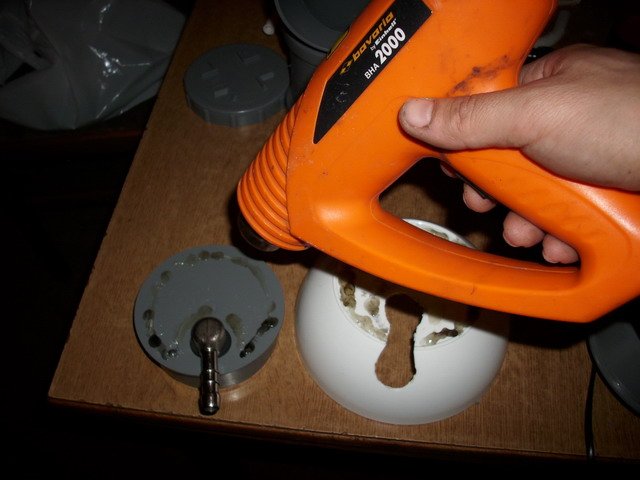
Merge each other with pressure (see photo) This is the base of the filter
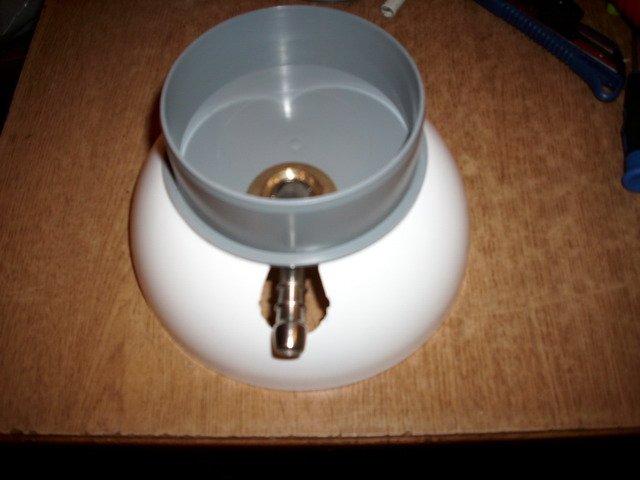
Then we put a spacer for filter media, I used cart for the clips ( red thing )
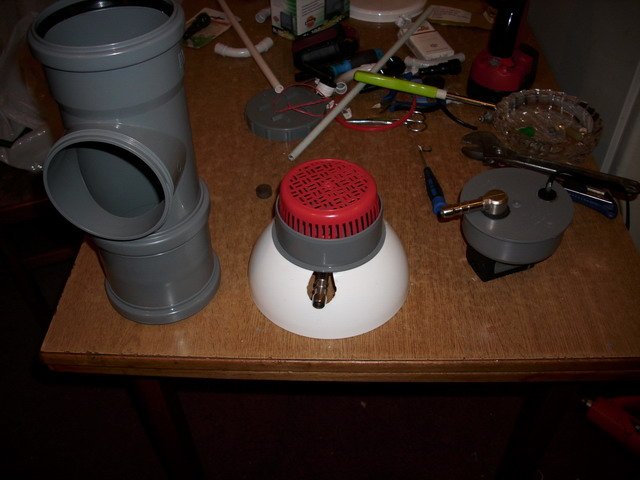
Fit other elements (see figure) and must oil the rubber seal within each element
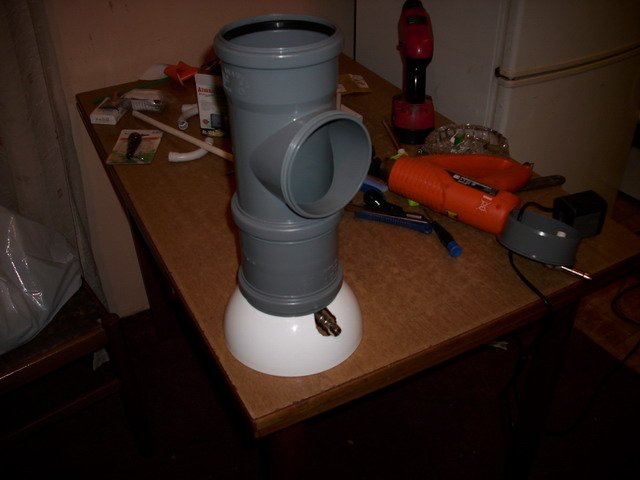
Almost finished filter
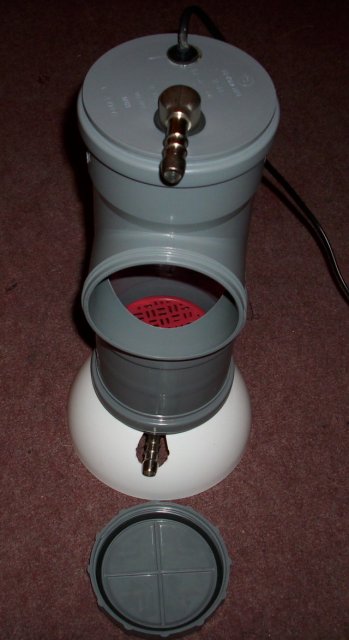
After I connect it to the aquarium, i noticed some mistakes and corrected it immediately.
My filter is approximately 1 meter below the tank and supply pipes are wide so i had a little more pressure in the filter and the elements were separated from each other.
Solution is on the following photo.
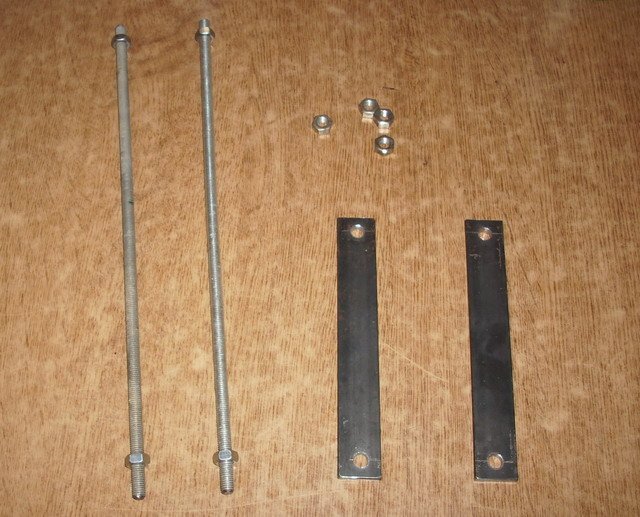
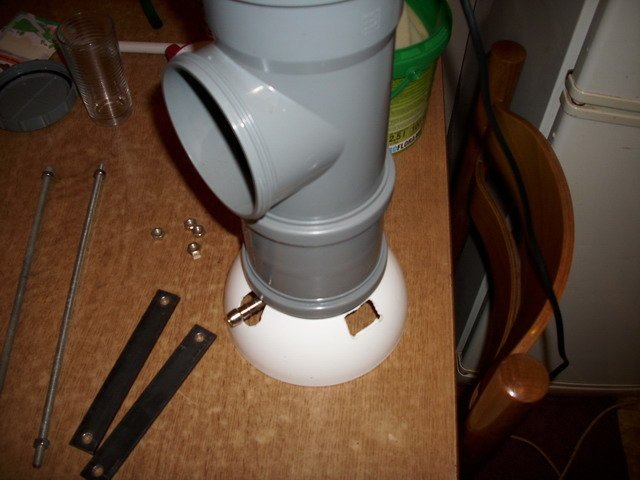
And finally the finished filter, perfect seal. I threw in a few liters of aquarium sponge. When i clean the filter all i need to do is close the valve and unscrew the side cover / cap.
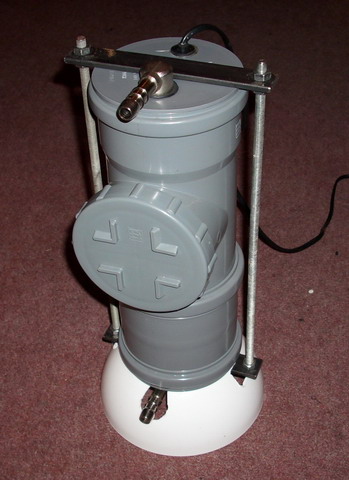
Drain inlet pipe, it is good to have valves on pipe so we can shut down leaks when cleaning the filter. Valve is good to have because when the filter is put into operation after the cleaning, and when valves open, system is automatically filled with water.
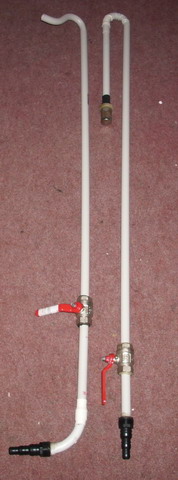
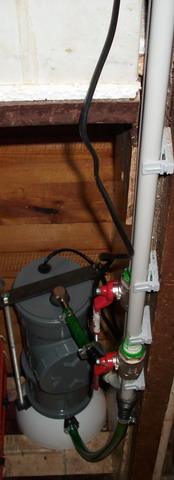
The filter works like a charm.
I hope that i didn't screw something with my english


















External filter with all the parts cost about $60.
I made it from the sewer drain pipe and it proved to be an excellent choice for the safe operation of the filter.
For the circulation i have used pump with a flow rate of 600 liters per hour.
I will present a sketch of the system and pictures of building step by step.
This is only a sketch of the system, I'm not good with drawing in win paint

here is all parts i use for filter:

The caps, i drilled holes for hose and cable connections from the pump. The hole should be slightly smaller so that we can screw up the connections in the plastic, although it is not so important because we have rubber seal for the connection.

Screw the connections with rubber seal

Now we shall customize pump connections and put the cable through caps. I found a piece of tube and adapted it to the pump outlet.
The pump will not be permanently fixed, i leave the possibility for the eventual dismantling for repair or cleaning.



Now cut bowl in the following way (see picture), apply hot glue to the bottom of the bowl and the bottom cap. My glue is black because i melt it with propan Brener

Heat the bowl and cap, to soften the adhesive.

Merge each other with pressure (see photo) This is the base of the filter

Then we put a spacer for filter media, I used cart for the clips ( red thing )

Fit other elements (see figure) and must oil the rubber seal within each element

Almost finished filter

After I connect it to the aquarium, i noticed some mistakes and corrected it immediately.
My filter is approximately 1 meter below the tank and supply pipes are wide so i had a little more pressure in the filter and the elements were separated from each other.
Solution is on the following photo.


And finally the finished filter, perfect seal. I threw in a few liters of aquarium sponge. When i clean the filter all i need to do is close the valve and unscrew the side cover / cap.

Drain inlet pipe, it is good to have valves on pipe so we can shut down leaks when cleaning the filter. Valve is good to have because when the filter is put into operation after the cleaning, and when valves open, system is automatically filled with water.


The filter works like a charm.
I hope that i didn't screw something with my english




















